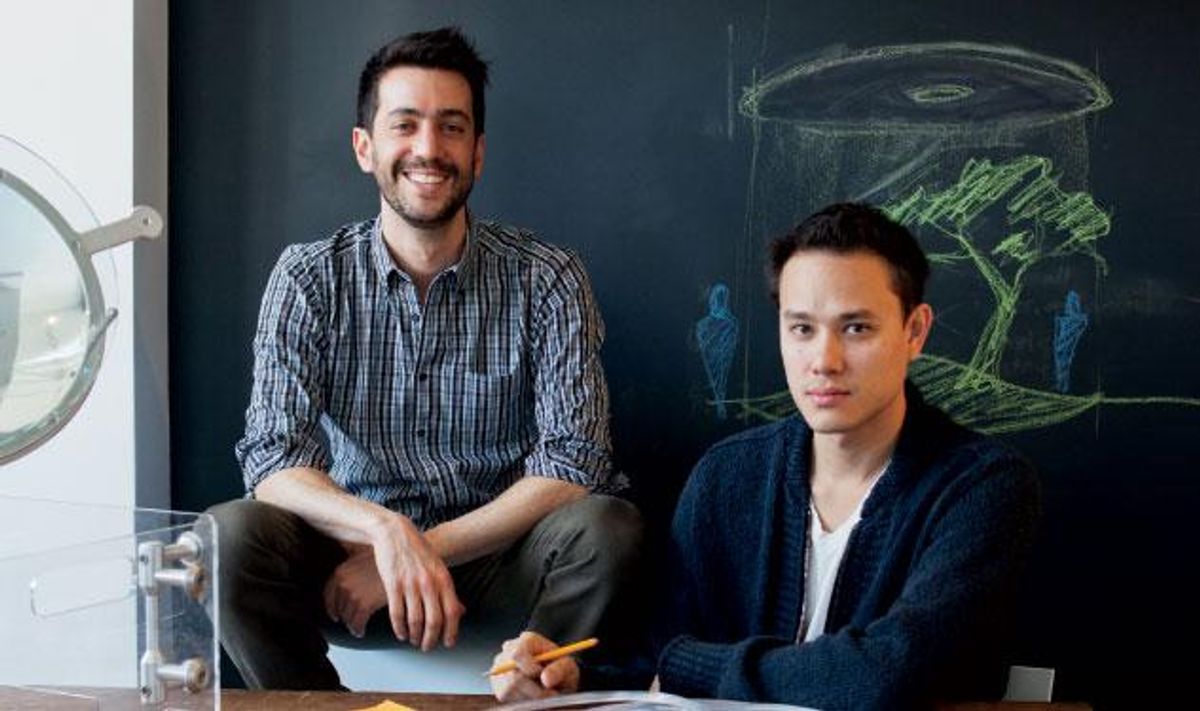News & Opinion
On the Downlow

The Delancey Underground: A visionary plan to change the way we see park planning.
March 20 2012 5:47 PM EST
February 05 2015 9:27 PM EST
By continuing to use our site, you agree to our Private Policy and Terms of Use.

Photography by Ofer Wolberger
The High Line, that universally popular public park built on once-decaying, elevated train tracks in Manhattan, has become a beacon for dreamers looking to use a radical design to revive a downtrodden neighborhood. Hoping to build on its success, the Delancey Underground (a.k.a. the Low Line) is a radical plan to convert abandoned below-ground space into the city's first subterranean park.
James Ramsey and Dan Barasch, two design-savvy New Yorkers, hope that their dream for 1.5 cavernous underground acres Manhattan's Lower East Side will have a similarly transformative effect. "This project is intended to be a landmark for a neighborhood that has been neglected," Ramsey says. "Business owners look at the energy this project can insert into the Lower East Side."
Ramsey runs an architecture firm, RAAD, and learned of the Delancey Underground when a friend, a Metropolitan Transit Authority employee, showed him the neglected space, which was once used as a turnaround for the now-defunct New York City trolley system. "I thought, How can we share this sense of discovery of urban archeology with other people?" he says.
"There was this whole boys' club of white straight guys working on these projects," says Barasch. "And now there's this other pack. There are all of these amazing gays doing amazing things everywhere."
While Ramsey is not gay, his collaboration with Barasch, a longtime friend and veteran of Google and the New York City government, is a distinctive partnership that managed to get Ramsey's design plan -- which would utilize fiber optic technology to channel natural light below ground -- to a wider audience.
Both the High and Low Lines certainly have similarities. Both take properties once used for public transport and transform them into public green spaces; both are located in neighborhoods that have struggled with their share of economic hardship; and both projects have high-profile gay men and women behind them, from the head of the Lower East Side Business Improvement District to the founders of Friends of the High Line. (They recently completed a successful $100,000 Kickstarter campaign as well.)
As Barasch explains, imaginative, design-oriented public works projects like these "require a progressive and community-oriented approach. It's probably something the LGBT community can relate to."
Want more breaking equality news & trending entertainment stories?
Check out our NEW 24/7 streaming service: the Advocate Channel!
Download the Advocate Channel App for your mobile phone and your favorite streaming device!
